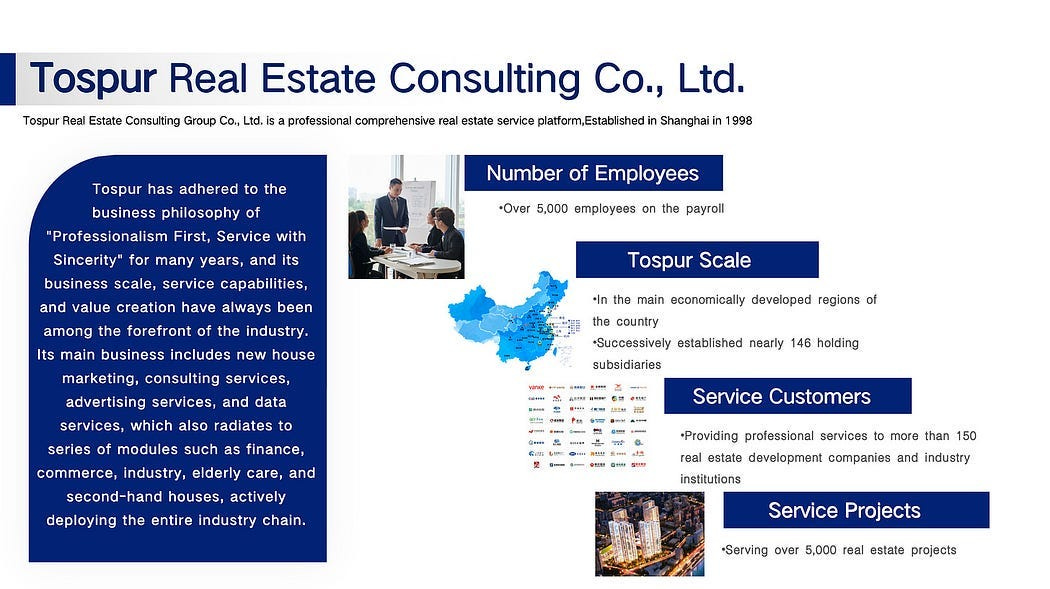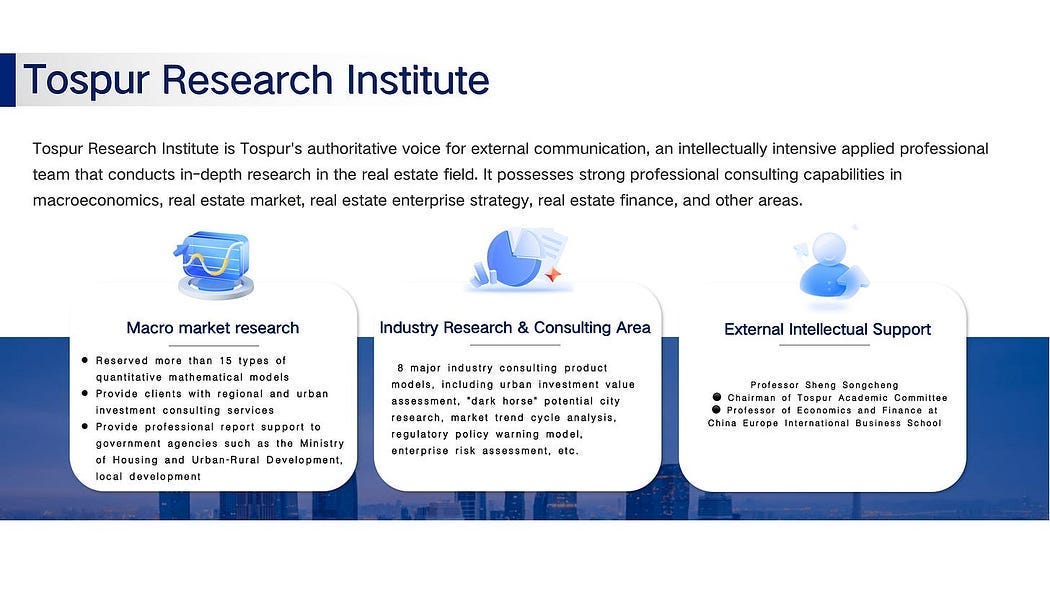How to Make Asset Allocation in the Zero - Interest - Rate Era?
This year, on May 20, the People's Bank of China (PBOC) announced a comprehensive interest rate cut, marking China's official entry into a low-interest-rate era. How should asset allocation be strategically approached during this period?
Specifically, on May 20, the PBOC announced a 10-basis-point reduction in the 5-year Loan Prime Rate (LPR). Concurrently, major banks promptly adjusted deposit rates: the RMB demand deposit rate was lowered by 5 basis points, while time deposit rates saw reductions ranging from 15 to 25 basis points, with more significant cuts applied to 3-year and 5-year terms. Following this adjustment, the demand deposit rate has approached 0.05%—virtually near zero—the 1-year fixed deposit rate has fallen below 1%, and the 5-year fixed deposit rate stands at 1.85%. Deposit rates have fully entered the "1%" era. Against this backdrop, how should real estate asset allocation be systematically conducted in the current low-interest-rate environment?
I. Defensive Asset Allocation
Defensive assets primarily comprise two major categories.
The first category is high-quality inflation-resistant assets, predominantly referring to mid-to-high-end luxury residences in core areas. Owing to their absolute scarcity in terms of location, landscape, historical heritage and other resources, these assets exhibit the characteristic of withstanding inflation across economic cycles.
Two phenomena merit in-depth analysis:
Currently, in Shanghai’s People’s Square, Longhua, Lujiazui, Huamu and other districts, a price inversion persists between newly built and second-hand properties, indicating a relative shortage of high-quality new housing supply in these areas where asset demand outpaces supply.
This year, the luxury property segment in the judicial auction market has seen remarkable heat. On May 14, a judicial auction of a residential building at No. 2118 Hongling Middle Road, Luohu District, Shenzhen (Floors 1–6 of Building 5), concluded with 34 bidders competing through 450 rounds of offers, driving the final transaction price to ¥114 million—¥90 million above the starting price of approximately ¥23.78 million. In April, a unit in Nanshan’s premium development Peninsula Phase III sold at a 159.35% premium, with a unit price nearing ¥200,000 per square meter—close to the community’s second-hand average price of ¥230,000 per square meter. In April, a luxury residence in Pudong New Area’s Sanxiang Impression Mansion fetched ¥42.25 million at judicial auction after 17 bidders’ successive bids, representing a 54.47% premium over the starting price and a unit price exceeding ¥196,000 per square meter. Judicial auctions are traditionally viewed as venues for acquiring assets at a discount, but the evident decline in bargain opportunities for luxury properties in such auctions underscores the risk-resilient value of high-quality luxury homes.
II. Stable Income-Generating Assets
The second category comprises stable income-generating assets. Recently, residential projects in core cities with high rental yield ratios have gained growing market traction. With the arrival of the low-interest-rate era, the paradigm of asset valuation has been fundamentally reshaped. Assets with a rental yield ratio of approximately 2% were once dismissed as unappealing, but now, with the 5-year deposit rate at 1.85% and the 10-year government bond yield at 1.7%, assets with a 2% rental yield have emerged as high-quality investments. In particular, well-renovated small-sized units in prime locations may achieve rental yield ratios exceeding 2.5%–3%. Acquiring such properties is akin to purchasing a long-term stable-income financial product, which explains why aged, small-sized properties in premium locations—often colloquially termed "old, small, and dilapidated"—are now highly coveted.
III. Capturing Appreciation-Oriented Opportunities
Identifying appreciation opportunities in existing assets presents a challenge exponentially more complex than defensive asset allocation. This requires substantial professional resources and robust capability support, with competencies varying significantly across sectors.
For instance, in the judicial auction space, bargain opportunities still exist, but investors must possess the capability to conduct comprehensive due diligence, as well as the capacity to address issues such as property eviction and long-term lease management.
Here is the refined formal translation with enhanced fluency:
III. Value-Add Opportunities in Bulk Transactions
In the domain of bulk real estate transactions, opportunities arise from the timely capture of market information. Currently, a substantial volume of bulk assets is entering the market, with many having reached price adjustment levels. However, asset prices and information are highly dynamic, and some owners eager to liquidate may offer significant discounts. Due to market information asymmetry, seizing such opportunities requires daily, high-frequency engagement with asset demand sides—a capability largely exclusive to professional institutions rather than individual investors.
Adaptive Repurposing of Prime-Location Assets
Assets in prime locations often face challenges in revitalization when evaluated under traditional operational models (e.g., office, retail). Introducing new business formats, such as conversion into senior care facilities or long-term rental apartments, becomes critical. In the low-interest-rate era, leveraging financial leverage can significantly boost yields compared to traditional . However, such assets demand that investors possess specialized competence in identifying asset value within professional domains, including feasibility assessment of operational transformations and market demand analysis.
Tospur Group’s Specialized Service Portfolio
In the value-creation opportunity space, Tospur Group provides end-to-end service support across the judicial auction industry chain, including pre-auction competitive due diligence, auction process service support, and judicial auction credit support. In bulk transactions, Tospur has accumulated a large pool of high-quality assets and maintains daily high-frequency engagement with asset demand sides, offering professional bulk transaction services for both asset acquisition and disposal. In specialized asset management niches such as senior care, long-term rental apartments, and community commerce, Tospur deploys professional operational teams to enhance operational efficiency through data-driven strategies. For those with related needs, please contact us via the backend channels.
Tospur Real Estate Consulting Co., Ltd.
If you are interested in the Chinese real estate market, please feel free to contact me at email:tospur-research@tospur.com






